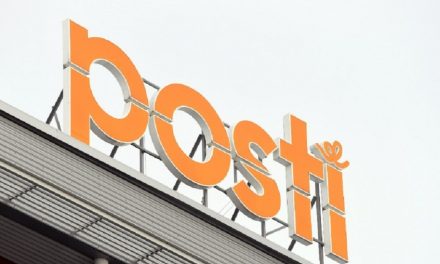
Itella faces pressure to raise prices as mail decline worsens
Finland’s Itella Posti said yesterday that it has to consider “profound” changes in its operating procedures as the decline in first-class mail volumes accelerates. The company said the first two months of this year have seen a 10% decrease in the volume of first-class letters it delivered – a greater drop than in previous years.
The company said a few percentage points of this could be attributed to the shift of first-class mail into second-class mail, but said that second-class mail was also on the decline in January and February, compared to the same months in 2010.
The 10% drop in first-class mail compared to a general 2% to 3% annual decline seen in previous years, Itella said, noting: “it seems that the decrease is becoming more extensive”.
The company blamed much of the decrease on the move to digital communications, although it said the digitization of consumer billing had been slower in Finland than in neighbouring countries. Earlier this month, Itella highlighted the “rapid growth” of its own digital mail service, NetPosti.
Volumes in other mail segments was also decreasing, Itella said, including newspapers and magazines.
Direct mail continued the decline seen last year with a 6% year-on-year drop in January and February 2011.
The only increase in volume came in the parcels segment, Itella said, as a response to the rebounding global economy and increasing popularity of ecommerce.
Jukka Rosenberg, director of Itella’s mail communication division, said his company was expecting the changes in mail volumes to continue, but conceded that moves to make Itella’s operations more effective were “not enough”.
He said: “Now we have to consider our operating methods in a profound way. We will make our operations even more customer-oriented and market-driven, as being a leader is already a strength of ours.”
Itella was now facing pressure to raise its prices in order to continue providing universal service coverage, Rosenberg said.
“We cannot continue to operate in a healthy, profitable way with our existing cost structure,” he said.










